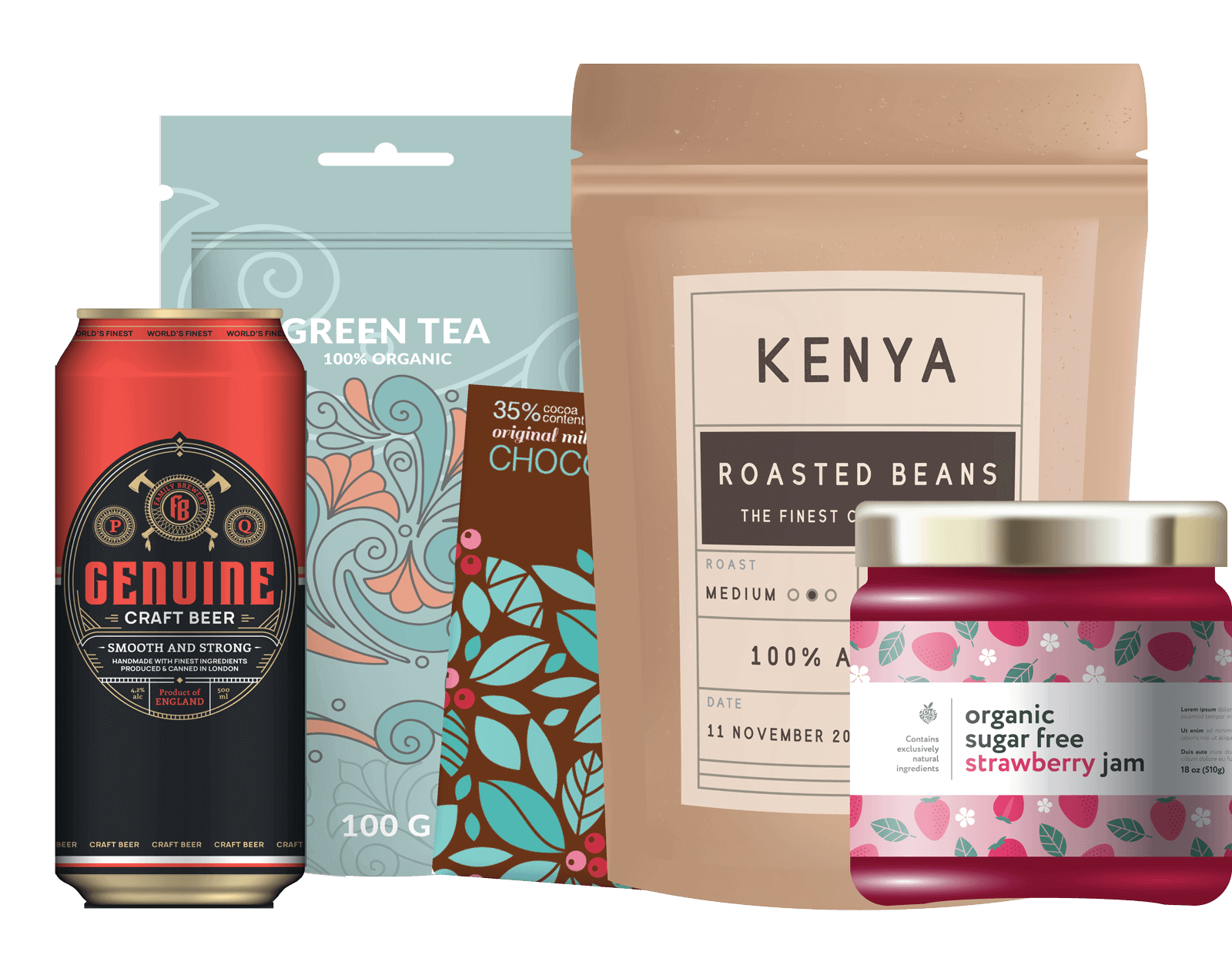Fluorination is the process that enables plastic containers to be used to package many different chemicals and solvents that otherwise could only be packaged in glass. Without fluorination, plastic containers can panel, distort, and lead to product deterioration. Few (if any) consumers would buy a product that is not in a stable container, and this can lead to revenue loss. However, we can help you put fluorination to good use so your products don’t react badly with untreated plastic packaging.
What Fluorination Does
Fluorination is a process whereby plastic containers are exposed to fluorine atoms under controlled conditions. This improves the high-binding energy and resistance of the plastic container and therefore, lower permeation. Other benefits of fluorination include:
- Shielding against solvents that otherwise permeate and chemically attack various plastics
- Protecting containers and closures, resulting in superior product safety and integrity
- Preventing products from changing properties
- Meeting regularity standards for packaging many food products and providing safe use
- Retaining appealing odors and fragrances
- Stopping product loss
Plastic containers come with numerous benefits. They are low weight, they decrease cost, they provide superior impermeability, and they reduce damage due to breakage. Thanks to the fluorination process, it is possible to use plastic containers and get even more from your containers.
What Products Can Benefit?
The odds are great that your product can benefit from fluorination. This includes a wide range of chemicals, petroleum products, solvents, pesticides, and more. Household and even beauty products containing enzymes can benefit from the process of fluorination, too.
It may be helpful to know a bit about the five different levels of fluorination, depending on what you want to package. For the sake of your product, you must make sure that you are using the right kind of process. We can help you take the guesswork out of finding the matching process.
Exceptions to Note
Not all kinds of plastic can take fluorination. For instance, PET containers cannot be fluorinated. However, you can select from opaque or clear plastic, LDPE, HDPE, PP, PVC, and other plastics that can be fluorinated. The kind of plastic and the level of fluorination are important and depend on the products you want to package.
Protect Your Packaging and Your Product
If you are not sure whether your product needs fluorinated containers or not, it is best to seek professional advice from packaging experts like MJS Packaging. Let us know if you still have questions and if we can help you get started with a better packaging solution with fluorination!

